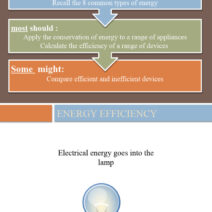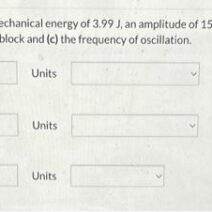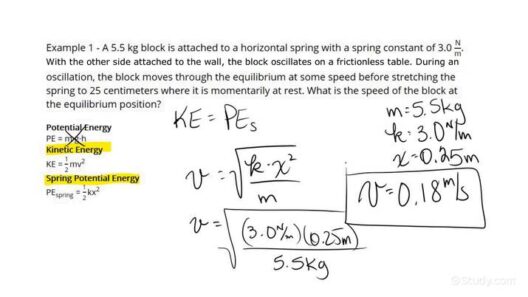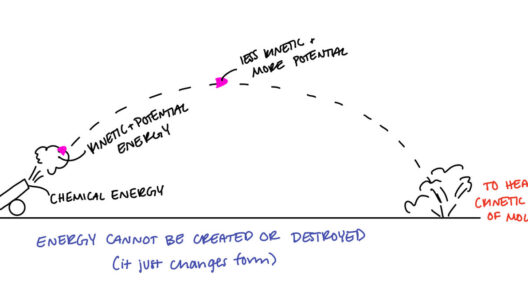Magnets, an integral component of many technological advancements, embody a fascinating juxtaposition of simplicity and complexity. Their ability to conserve energy while adhering to principles of physics is an area of increasing interest, especially in the context of addressing climate change. Understanding how magnets function and their diverse applications can enhance our efficiency as a society, ultimately contributing to a more sustainable future.
To grasp the pivotal role magnets play, it is essential to explore the basic principles of magnetism. Magnets are materials that produce a magnetic field—the invisible force that can attract or repel objects made of ferromagnetic materials such as iron, cobalt, or nickel. This fundamental attribute is derived from the alignment of electrons, specifically the spinning motion that generates magnetic dipoles. Notably, magnets exist in various forms, including permanent magnets and electromagnets, each with unique properties and applications.
Permanent magnets, like neodymium magnets, are perhaps the most effective when it comes to energy efficiency. Characterized by their strong magnetic fields and compact size, these magnets are often utilized in applications ranging from motors to generators. The energy savings linked with these devices are noteworthy. For instance, electric motors equipped with neodymium magnets often require less power to operate and exhibit higher torque output than their conventional counterparts. Overall, this enhanced efficiency can lead to significant reductions in energy consumption, thereby mitigating carbon footprints.
Electromagnets, on the other hand, provide a different mechanism for energy conservation. By passing an electric current through a coiled wire, a magnetic field is created. This technology underpins many modern applications, including magnetic resonance imaging (MRI) machines and various types of transformers. The capacity to turn electromagnets on or off makes them versatile, allowing energy to be used only when necessary. Furthermore, when utilized within power systems, they can improve voltage regulation, ultimately minimizing waste and optimizing distribution. This dynamic makes electromagnets a critical player in the quest for sustainable energy solutions.
As the world increasingly pivots towards renewable energy, magnets facilitate advancements in energy harvesting technologies. For example, wind turbines, which convert kinetic energy into electricity, often rely on high-efficiency magnets to generate power. The integration of magnets in turbine design enhances performance metrics, including energy output relative to size and weight. Similarly, in solar panels, magnetic systems can aid in the optimal alignment of panels to capture sunlight more efficiently, further juxtaposing technology with nature for enhanced energy solutions.
Beyond generation, the application of magnets in energy storage systems deserves attention. Magnetic energy storage systems (MESS) utilize stored magnetic fields to release energy more efficiently than traditional battery systems. While still an emerging technology, MESS has the potential to revolutionize the way energy is stored, enhancing grid stability and enabling the integration of renewable sources. This innovative method offers a glimpse into a future where energy preservation transcends traditional paradigms, reducing reliance on fossil fuels and promoting sustainable practices.
Additionally, the recycling and reuse of magnets represent another avenue for conserving energy. Given that magnets are made from various materials, including rare earth elements, reclaiming and recycling these components can minimize the need for new material extraction. This process of recycling not only curtails energy consumption associated with mining but also lessens environmental degradation. The circular economy approach, where products are reused and materials repurposed, aligns with the global efforts towards sustainability and reduced energy expenditure.
However, the integration of magnets into energy-efficient systems is not without challenges. As demand for strong rare earth magnets grows, concerns regarding supply security and environmental impacts of mining activities arise. The extraction of these materials often poses environmental hazards where production and operational practices like deforestation and land degradation may ensue. Thus, it is imperative to strike a balance between advancing technology and safeguarding the environment. Innovations in material science, such as the development of alternative magnet materials, may provide solutions to circumvent these challenges.
Education and awareness also play a vital role in maximizing the benefits of magnets in energy conservation. As industries and consumers become more informed about magnetic technologies, the demand for energy-efficient solutions will continue to rise. Workshops, seminars, and educational material focused on the implications and potentials of magnets can inspire the next generation of innovators and environmental stewards. This knowledge exchange is crucial for cultivating a holistic understanding of the intersection between technology and ecology.
In conclusion, the multifaceted nature of magnets and their ability to conserve energy without contravening established scientific rules is pivotal in the current narrative of sustainability. From their integration in electric motors and energy storage systems to their roles in renewable energy applications, magnets exemplify the potential for technology to coexist harmoniously with environmental considerations. Adopting and expanding upon this knowledge will empower individuals, industries, and governments alike to pursue energy efficiency, thereby contributing positively to the ecological balance of our planet. As we navigate the complexities of climate change, the promise of magnetic solutions entices us to envision a future propelled by progress yet grounded in sustainability.







